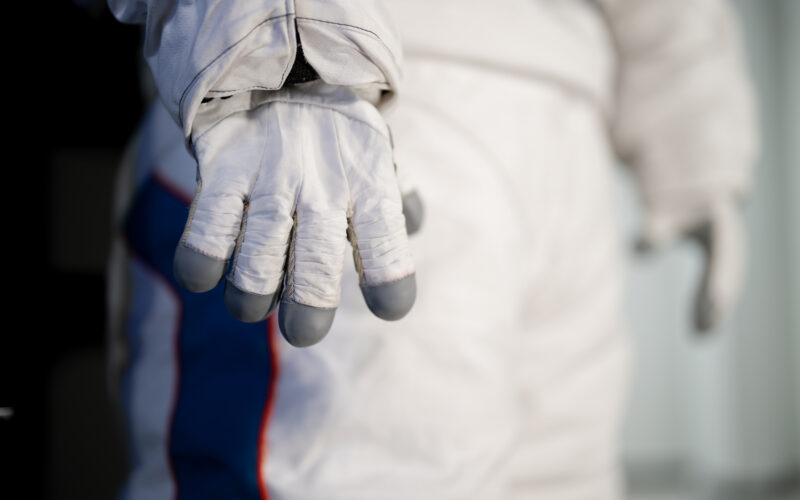Axiom Space, space infrastructure developer and creator of the World’s first commercial space station, has announced a new collaboration with Italian fashion powerhouse Prada.
The companies are joining forces to design the spacesuits for NASA’s highly anticipated Artemis III mission, scheduled for 2025.
Artemis III is planned as the first crewed landing on the Moon since Apollo 17 in 1972. Moreover, it should go down in history as the first mission to land a woman, namely astronaut Christina Koch, and a person of color, namely astronaut Victor Glover, on the Moon.
Prada’s engineers will collaborate closely with the Axiom Space team, focusing on developing materials and design features tailored to the unique challenges of space and the lunar environment. The collaboration aims to ensure that astronauts are equipped with spacesuits that offer maximum protection, flexibility and comfort.
“Our decades of experimentation, cutting-edge technology, and design know-how – which started back in the ‘90s with Luna Rossa challenging for the America’s Cup – will now be applied to the design of a spacesuit for the Artemis era,” said Lorenzo Bertelli, Prada Group Marketing Director in a statement released on October 4, 2023. “It is a true celebration of the power of human creativity and innovation to advance civilization.”
Bearing the official name of NASA’s Exploration Extravehicular Mobility Unit (xEMU), the spacesuit design will take “much-needed human factors considerations absent from legacy spacesuits”.
For NASA’s Apollo Moon missions, the spacesuits were designed and manufactured by the International Latex Corporation (ILC). Despite its innovative design, the Apollo/Skylab A7L spacesuit for NASA’s moon missions ran up against a range of difficulties.
Its rigidity restricted the astronauts’ mobility, particularly in jointed areas. Though protective, the glove design compromised manual dexterity, making tool handling difficult.
The suit was required to combat the Moon’s extreme temperature variations, necessitating a complex layering system and the use of a Liquid Cooling and Ventilation Garment (LCVG) worn underneath. However, it proved susceptible to wear and tear from abrasive lunar dust.
Additionally, the substantial weight reduced helmet visibility and the complexity of its integrated life support system presented operational challenges.
Another xEMU contract has been awarded to Collins Aerospace which, along with ILC Dover, will develop a new spacesuit for astronauts to use on the International Space Station and in low-Earth orbit.

